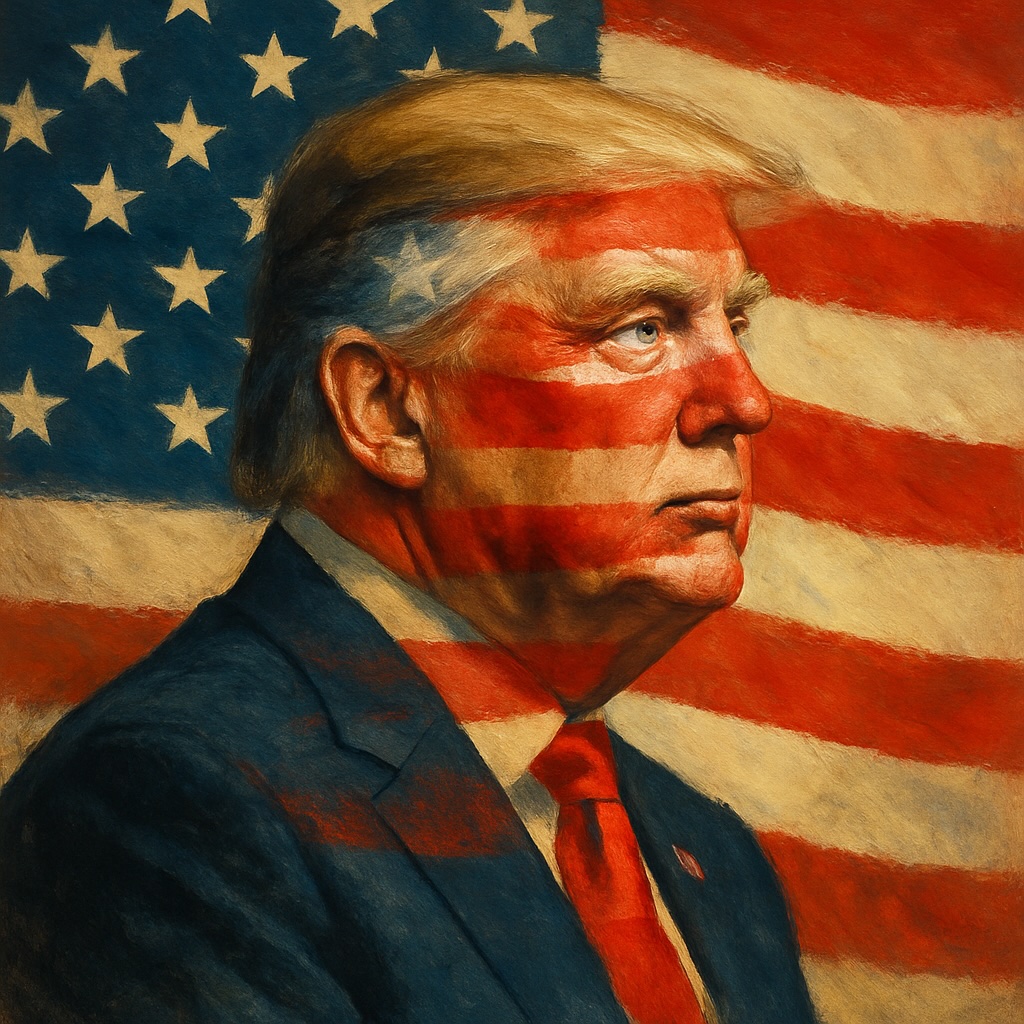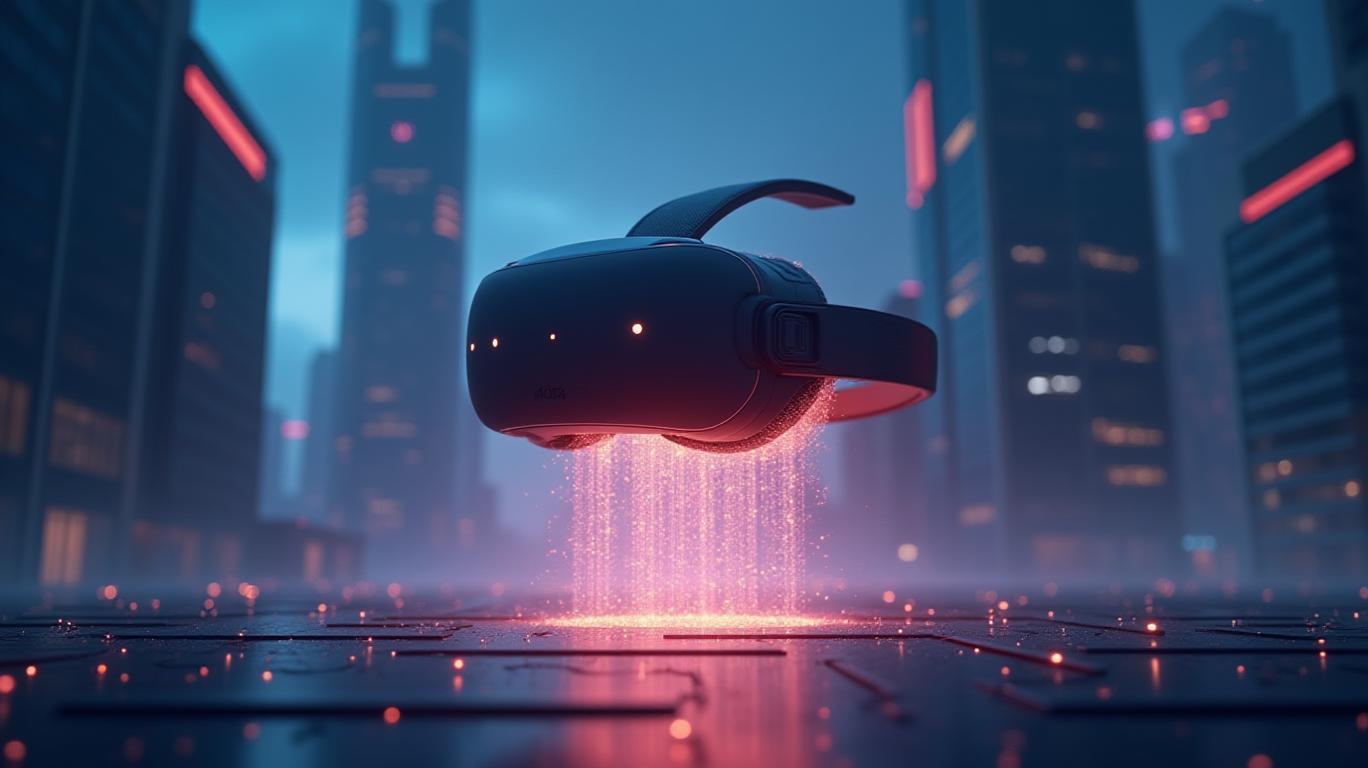Apple's AI Chip Ambitions Signal End to Nvidia Partnership
Apple is accelerating its development of AI chips, potentially marking the end of its decades-long but troubled relationship with Nvidia. In the early 2000s, the companies shared a brief "honeymoon period," with Apple utilizing Nvidia's chips in its Mac computers to enhance graphics processing. However, as Apple pursued a more integrated ecosystem, relying heavily on Nvidia's GPUs began to undermine its dominance in the AI space.
The era of AI has seen Nvidia solidify its position as the leading provider of powerful GPU chips, becoming a key partner for tech giants focused on artificial intelligence. Despite this, Apple has intentionally maintained distance from Nvidia, even avoiding collaborations where possible. One key reason is rooted in historical tensions: Apple's dissatisfaction with Nvidia's actions, such as the 2008 defective GPU batch incident, dubbed "bumpgate," which led to significant quality issues for Apple's MacBook line.
Apple has consistently sought control over its hardware and software, striving to strengthen its internal research capabilities to decrease reliance on external suppliers. This strategy is evident in its transition from Intel chips to its own A and M series chips. The goal is to maintain complete control over key technologies, which supports product optimization and competitive differentiation. Nvidia’s GPUs, known for significant power consumption and heat generation, clash with Apple's design philosophy of lightweight, efficient devices.
In response, Apple has demanded custom GPUs with low power and heat specifications from Nvidia, to no avail, leading it to collaborate with AMD instead. While AMD’s chips may not match Nvidia’s in raw performance, they align better with Apple's design criteria.
The rapid development of AI presents new challenges for Apple. As AI models grow larger and more complex, Apple needs superior computational power. To reduce dependence on Nvidia, Apple has employed multiple strategies, including renting GPUs from cloud service providers like Amazon and Microsoft, collaborating with Google for TPU use, and developing its own AI server chip with Broadcom, codenamed "Baltra," set for 2026 production.
While Apple strives to eliminate its reliance on Nvidia, the complex dynamic between the two companies may persist in the near term. Mastery over core technologies remains critical for Apple to sustain its competitive edge in the fast-evolving tech landscape.











